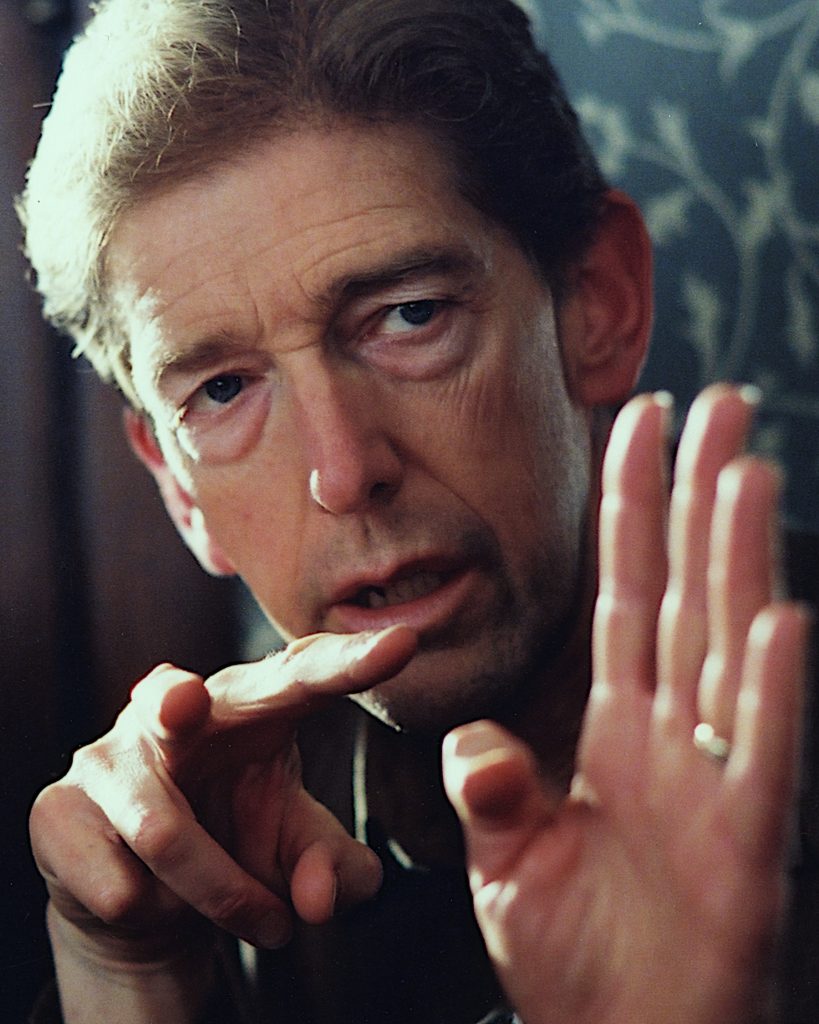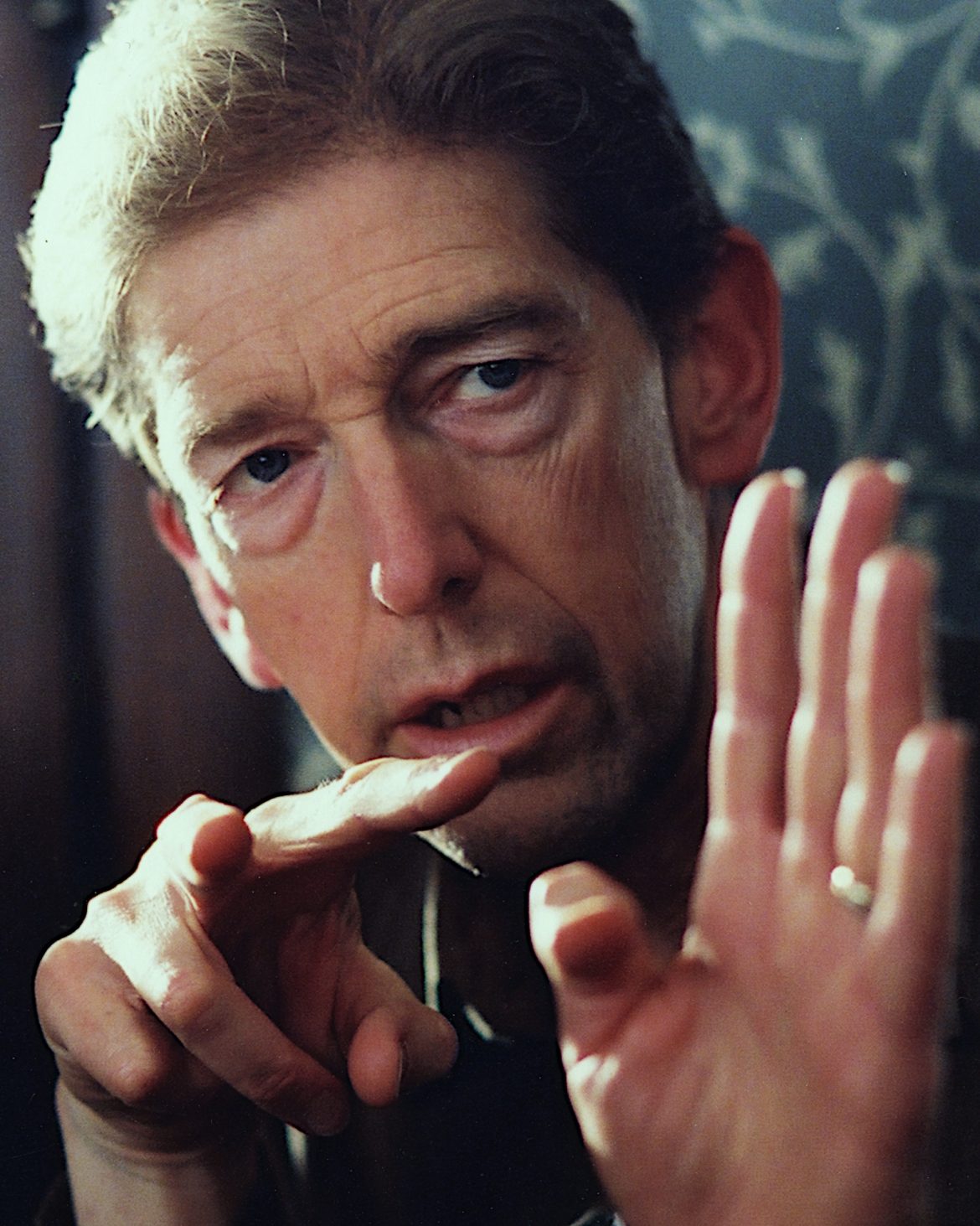• The film event, which this year pays homage to the American director’s work, has confirmed the presence of one of his most renowned collaborators: the artist behind Eraserhead, Blue Velvet or Wild at Heart’s visual universes
• Elmes, who has also worked with John Cassavetes, Jim Jarmush or Ang Lee, will be welcomed by the Festival as someone “who has been at the heart of American independent cinema for the past forty years”

Las Palmas de Gran Canaria, Monday, April 21, 2025.- Full attention to American independent cinema and devotion for auteur filmmakers such as David Lynch. These have been two of the Las Palmas de Gran Canaria International Film Festival’s distinguishing features. The Festival, which will take place from April 25 to May 4, remains one of Spain’s main forums for productions that are outside big commercial circuits. As such, in its 24th edition it will have one of the key contributors to the development of American independent cinema for the past fifty years as its guest: cinematographer Frederick Elmes, a crucial collaborator in some of David Lynch’s most renowned films, to whom the Festival itself is paying tribute this year with a wide retrospective.
“Having Frederick Elmes at the Festival means much more than just bringing another collaborator among the many David Lynch had,” as the director of the Las Palmas de Gran Canaria International Film Festival, Luis Miranda, notes. Elmes was the cinematographer of Eraserhead, Lynch’s debut feature film, and of Blue Velvet, “probably the film in which Lynch invents himself and in which his world already appears fully shaped.” He also was in charge of Wild at Heart’s cinematography, “the visually most intense work, and maybe the one in which Lynch showed in depth his disposition to paint through the camera, as he himself used to say.”
Elmes, Miranda recalls, was Lynch’s right hand “at least in those three fundamental films,” through an association with mutual influences. On the other hand, Frederick Elmes “is an artist who had already collaborated with none other than John Cassavetes, for instance,” and who throughout his career has been able to work with other auteur filmmakers such as Jim Jarmusch or Ang Lee. “In short,” the director of the Gran-Canarian festival emphasizes, “he is someone who has been at the very heart of American independent cinema for the past forty years.”
Delving into that Lynch-Elmes collaboration, Miranda highlights as noteworthy results of the cinematographer’s intervention “Eraserhead’s nightmarish world; the contrast between young America’s ingenuity and the perverse of America’s vice in Blue Velvet; and the intensity, passion or suffocating south air that dominate Wild at Heart.” “Without Frederick,” he adds, “everything would’ve been different.”
“Of course,” Miranda points out, “in a work such as Lynch’s, the filmmaker himself establishes its visual style, but he needs for that someone very skillful and wise who can materialize it, who can translate it.” Thus, he concludes, “it is an honor for our festival to be able to have someone who has been so important in the creation of a film world such as David Lynch’s.”
Frederick Elmes
Frederick Elmes’ interest in photography began when his father gave him his Leica camera. Soon after —he built his own darkroom to gain more control over his images. Turning home movies into theatrical productions —he became an avid cinematographer— winning student filmmaking awards along the way.
Elmes studied fine art photography at the Rochester Institute of Technology and The George Eastman House. He then pursued his passion for cinema earning a Masters in Fine Art from New York University where he studied under Beda Batka, an accomplished Czech cinematographer. Batka impressed upon him that cinematography was all about using the camera to tell a story.
Offered a fellowship at the American Film Institute in Los Angeles, Elmes was to meet David Lynch and work in the long shooting of Eraserhead. By that time he was also fortunate to meet the great icon of independent cinema —John Cassavetes. These two early influences combined with his education and a great admiration for the work of Ingmar Bergman’s cinematographer Sven Nykvist, would inform his work throughout his astonishing career as Director of Photography —which in addition to feature-length narrative films includes documentary— television and commercial films.
In addition to his decisive participation in three of Lynch’s masterpieces Elmes has made a career as a regular cinematographer on films by Jim Jarmusch and Ang Lee, and has also worked on productions directed by Charlie Kaufman, Todd Solondz and John Turturro among many other typical names in American independent cinema.
Share this Post

